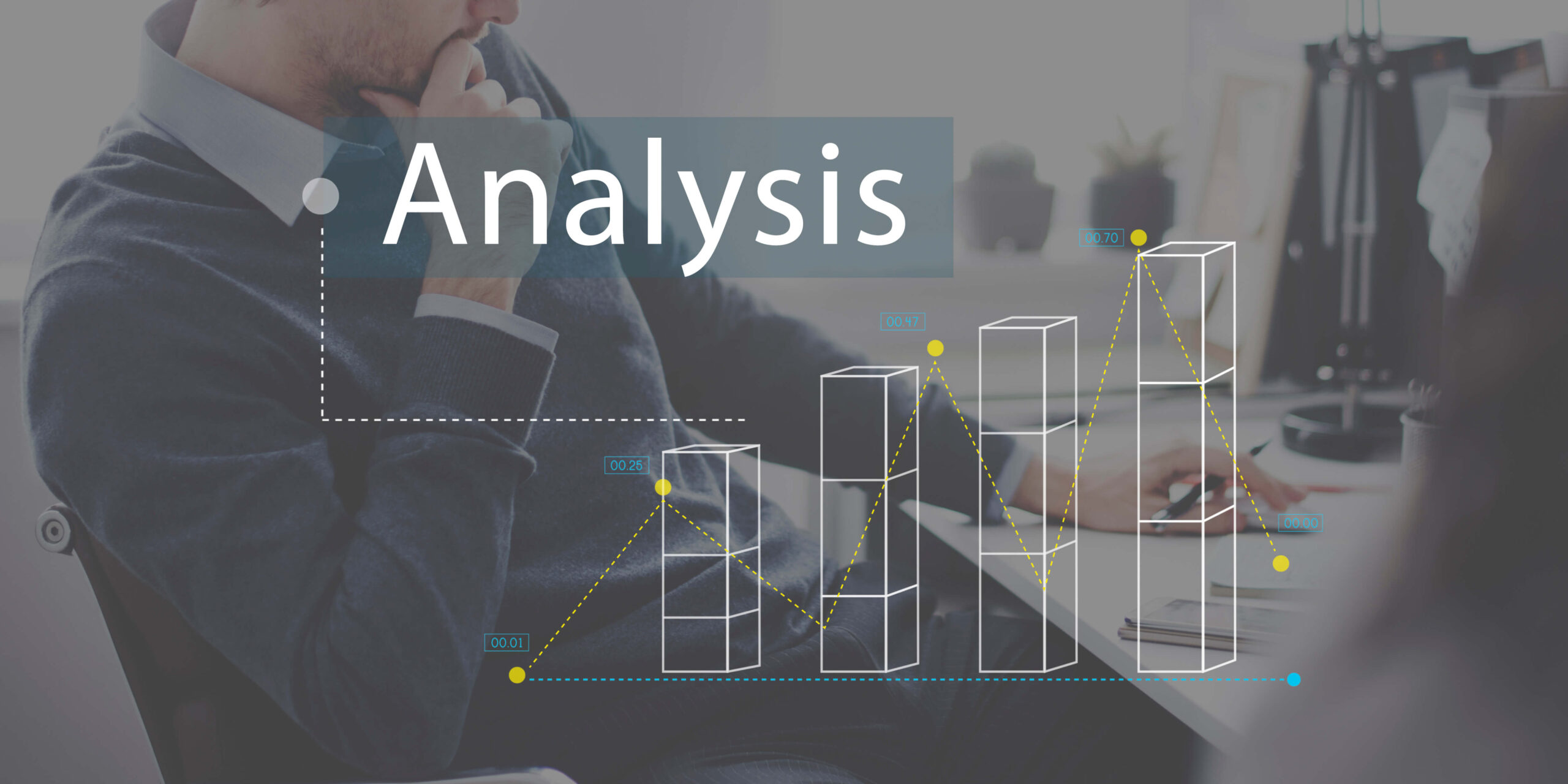
Have you ever stumbled upon a complex dataset and wondered where to begin? Welcome to the world of Exploratory Data Analysis, or EDA. This guide is tailored to introduce beginners to this fascinating realm of data science.
EDA is the first step in unravelling the mysteries hidden within data. It’s the process of visualising, summarising, and interpreting the information that lies within a dataset, providing a bridge between raw data and actionable insights. In the era of big data, where there’s a huge amount of information, understanding how to explore and interpret datasets is a crucial skill.
Whether you’re a budding data scientist, a researcher, or simply curious about the data-driven world, this guide will walk you through the essentials of EDA. You’ll learn about the tools, techniques, and thought processes that enable professionals to transform raw data into meaningful understanding.
Table of Contents
What is Exploratory Data Analysis?
Before diving deep, let’s lay down the basics and understand Exploratory Data Analysis.
Definition and Purpose
Exploratory Data Analysis is the practice of visually and analytically examining data to obtain preliminary insights without making any prior assumptions. Imagine you’re a detective looking through clues, attempting to comprehend the narrative before solving the mystery. The ultimate goal isn’t just to glance at numbers; it’s about understanding the underlying patterns and structures, the anomalies, and the relationships within the data.
EDA provides a solid foundation for subsequent hypothesis testing and modelling. It ensures that we make informed decisions and take appropriate analytical steps based on an initial understanding of our data’s characteristics.
Key Components of EDA
When confronted with raw data, it’s easy to feel lost. But, just like a jigsaw puzzle, once you recognise the key components, things start to come together.
Data Distribution: Knowing how your data is spread is vital. This paints a picture of its shape and structure. For instance, you might have heard terms like “bell-curve” or “normal distribution“. By visualising data distributions, we can determine if data follows these common patterns or if there are unusual spikes or gaps.
- Dispersion and Variability: This determines how spread out your data is. Are most values clustered around the mean or scattered wide?
Central Tendency: This is about locating the centre of your data. Within this realm, there are three primary metrics to be familiar with:
Mean: The average of the data.
Median: The middle value when data is arranged in ascending or descending order.
Mode: The value(s) that appear most frequently in the dataset.
Benefits of Exploratory Data Analysis
Wondering why Exploratory Data Analysis is crucial? Let’s look at its advantages.
Informing Model Building
Many data project’s main aim is to build a predictive or analytical model. But how does one decide which model to use or how to tune it? Here’s where EDA comes into play.
Understanding Data Distribution: EDA techniques like histograms and scatter plots can help identify the distribution of data, which is crucial when choosing algorithms. For example, some models assume a normal distribution and may not perform well with skewed data.
Spotting Relationships: Correlation matrices or pair plots can hint at possible relationships between variables, informing feature selection and engineering.
Identifying Anomalies: Before feeding data into a model, it’s crucial to recognise any anomalies. EDA can highlight outliers that could affect model performance if left unchecked.
Data Cleaning
The saying “Garbage in, garbage out” is particularly true in data science. The quality of your output is directly related to the quality of your input.
Spotting Missing Values: Through visualisation techniques, EDA can effortlessly spotlight missing data, which might otherwise compromise the integrity of the analysis.
Uncovering Inconsistencies: EDA can reveal variations in data formats, duplicate entries, or mislabeled classes, ensuring that subsequent analyses or model training aren’t based on flawed data.
Addressing Outliers: Not all outliers are errors. EDA helps in selecting if an outlier is a genuine data point or an anomaly that requires addressing.
Hypothesis Generation
Exploratory Data Analysis is not just about understanding the data but also about fostering curiosity.
Prompting Questions: By visualising and analysing data, EDA can generate intriguing patterns or trends that demand further investigation. It helps analysts ask the right questions.
Informing Further Research: Recognising unexpected patterns can lead to new research avenues. For instance, an unexpected correlation between two variables might start a new study or experiment.
Validating Assumptions: Often, researchers approach data with certain assumptions. EDA can validate or refute these, ensuring that subsequent analyses stand on solid ground.
Tools and Techniques for Exploratory Data Analysis
Popular Software and Libraries
While traditional tools like Excel can be handy, today’s EDA often leans on powerful platforms:
R: A programming language tailored for statistics and data analysis.
Python: With libraries like pandas, seaborn, and matplotlib, Python has become a go-to for many data analysts.
Visualisation Techniques
Data can be abstract until you visualise it.
Histograms and Box Plots: These visual tools help grasp distribution and spread. How are your data points dispersed? Find out with these tools.
Scatter Plots: Want to see if two variables have a relationship? Scatter plots are your allies.
Heatmaps: Ideal for visualising large datasets, especially correlation matrices. Colours can tell more than numbers sometimes!
Step-by-Step EDA Process
Let’s have a look at the step by step of Exploratory Data Analysis process.
Step 1 – Data Collection
It all starts here. You could be working with data from surveys, experiments, or online sources. It’s crucial to begin with an overall look, soaking in first impressions.
Step 2 – Summary Statistics
Dive into the numbers:
Measures of central tendency: Spot the average, median, or mode. Where does your data mostly hover?
Measures of spread: Delve into variance and standard deviation. How diverse is your dataset?
Step 3 – Data Visualization
Pick the right plots and let them speak. Sometimes, a well-crafted chart can reveal patterns which words can’t describe.
Step 4 – Pattern and Anomaly Detection
Like finding a rare gemstone among rocks, EDA helps spot trends, outliers, or peculiarities that might either be of utmost importance or need rectification.
Step 5 – Hypothesis Testing
For those diving deeper, post-EDA, you might want to confirm your suspicions or insights through statistical tests.
Challenges and Solutions in EDA
Exploratory Data Analysis is a vital step in data science, but like any process, it’s not without its hurdles. However, for every challenge, there’s a potential solution.
Handling Large Datasets
In this era of big data, we often deal with datasets that are too large to efficiently process or visualise. Handling vast amounts of data can lead to computational inefficiencies or even errors.
Solutions
Sampling: Instead of analysing the entire dataset, take a representative sample. It makes the process manageable while still providing insights.
Distributed Computing: Platforms like Apache Spark can handle large datasets by distributing the computation across multiple machines.
Optimised Data Storage: Using databases designed for big data, like Hadoop or cloud-based solutions, can help in efficient data retrieval and management.
Dealing with Messy Data
Real-world data is rarely clean. It often comes with inconsistencies, missing values, and duplicates, making Exploratory Data Analysis seem like an uphill task.
Solutions
Automated Cleaning Tools: Use tools or libraries like pandas in Python to automate the cleaning process – identifying missing values, standardising formats, and removing duplicates.
Data Validation: Incorporate validation rules at the data entry point to ensure consistency from the start.
Visualisation: Plots and charts can quickly highlight anomalies, making spotting and addressing errors easier.
Overcoming Bias
As humans, our perceptions and beliefs can unintentionally influence our interpretation of data. Plus, the data itself can sometimes be biased, leading to skewed analyses.
Solutions
Diverse Teams: Encourage collaboration among diverse teams to ensure multiple perspectives, minimising individual biases.
External Data Audits: Having an external or third-party review can help identify and rectify biases that internal teams might overlook.
Bias Detection Tools: Use algorithms and tools specifically designed to detect and correct bias in datasets, ensuring a neutral starting point for analysis.
Conclusion
Exploratory Data Analysis is more than just an initial step; it’s the foundation of any sound data analysis. The better your foundation, the sturdier the insights and conclusions you can derive. Dive in, explore, and let the data tell its story.
Hungry for more? Delve into books like “Practical Data Science with R” or our online Data Analysis courses. The journey of EDA is long but thrilling. Happy exploring!
- All Courses
- IT & Software375
- Management274
- Teaching and Education247
- Business231
- Health and Fitness211
- Health & Safety158
- Engineering & Technology150
- Quality Licence Scheme137
- Health and Social Care134
- Healthcare129
- Accounting & Finance118
- Employability104
- Psychology99
- Lifestyle92
- Marketing74
- Office Productivity65
- Animal Care56
- Design and Photography53
- Design44
- Beauty & Makeup42
- Accounting & Bookkeeping32
- Web Development27
- Writing20
- Construction15
- Digital Marketing12
- Child Care10
- Environment9
- Agriculture5
- Coaching1
Awarded By





0 responses on "Exploratory Data Analysis: A Beginner's Guide"